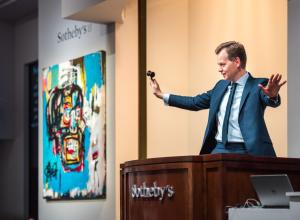Born in 1917 in Lancashire, the daughter of a textile tycoon, Carrington rebelled early and often. Her parents pushed her into society. At 18, she was presented as a debutante to King George V and Queen Mary; she remembered the tiara she wore for the occasion as “biting into my skull.” An escape route presented itself in 1937, when she found herself seated next to the artist Max Ernst at a London dinner party. Almost instantly, the two fell in love and set off for the Continent, settling in Paris. He called her “the bride of the wind” and encouraged her study art as well as more arcane subjects like alchemy, astrology, and the Tarot. During the chaos of the Nazi invasion of France they were separated, after which Carrington had a psychotic break and ended up in a hospital in Spain. A marriage of convenience to a Spanish diplomat enabled her to escape Europe for Mexico, where she spent the rest of her life. There she fell in with a group of like-minded local and emigré artists including the Hungarian photographer Imre “Chiki” Weisz, who became her husband in 1946. In Mexico, Carrington found a congenial cultural atmosphere which reawakened her desire to plumb the depths of the unconscious and and the realms of the fantastic.
Despite the attention she received for the Pierre Matisse show, Carrington remained little known outside Mexico for most of her life. Recently, however, amid surg ing interest in female surrealists, she is being given her proper place in art history, and her works are being seen in major museum shows. In 2022, Les Distractions de Dagobert was the thematic centerpiece of the exhibition “Surrealism and Magic: Enchanted Modernity” at the Peggy Guggenheim Collection in Venice. Now that it has changed hands, the painting has been requested for an upcoming exhibition, “Surrealism," to be held at the Philadelphia Museum of Art from November 8, 2025–February 15, 2026.


![DEl Kathryn Barton [Australian b. 1972] the more than human love , 2025 Acrylic on French linen 78 3/4 x 137 3/4 inches 200 x 350 cm Framed dimensions: 79 7/8 x 139 inches 203 x 353 cm](/sites/default/files/styles/category_card_187x139/public/ab15211bartonthe-more-human-lovelg.jpg?itok=LJbNuU6F)

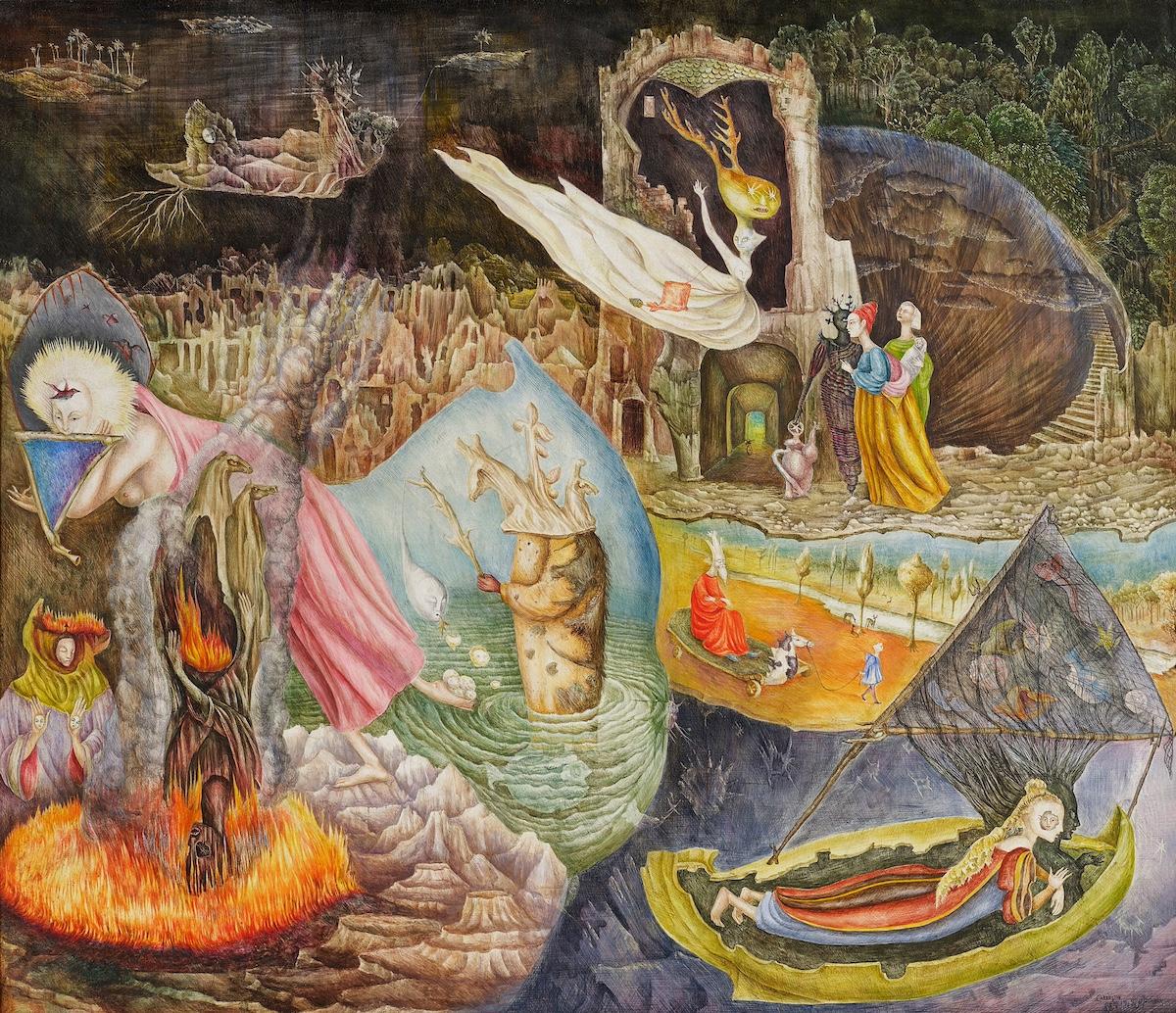

![DEl Kathryn Barton [Australian b. 1972] the more than human love , 2025 Acrylic on French linen 78 3/4 x 137 3/4 inches 200 x 350 cm Framed dimensions: 79 7/8 x 139 inches 203 x 353 cm](/sites/default/files/styles/image_5_column/public/ab15211bartonthe-more-human-lovelg.jpg?itok=wW_Qrve3)
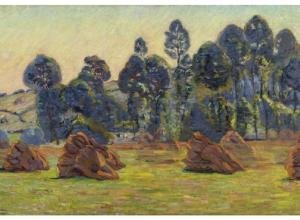
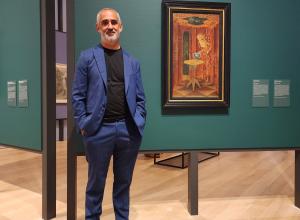
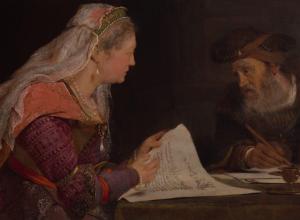


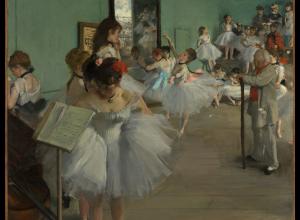


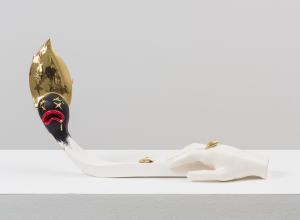


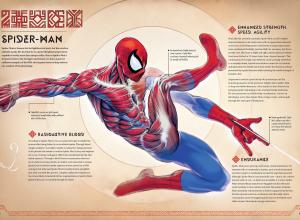

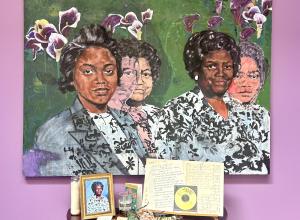


![Merina [Pop Chalee] Lujan, Taos, 1906 – 1993, Yellow Horse, gouache on paper, 13 1/8 x 18 1/8 in. (33.3 x 46 cm.) Estimate: 1,000 – 2,000](https://www.artandobject.com/sites/default/files/styles/image_5_column/public/4630-58.jpg?itok=kBAYkc0u)
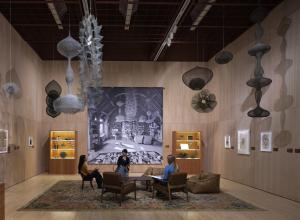
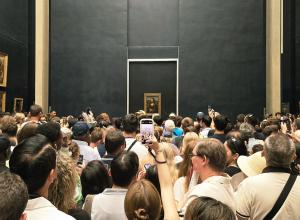
![Ginevra de’ Benci [obverse]. 1474/1478. Leonardo da Vinci. Oil on Panel. Ailsa Mellon Brue Fund, National Gallery of Art.](https://www.artandobject.com/sites/default/files/styles/image_5_column/public/ginevradebenciobverse196761a.jpg?itok=hIzdUTaK)


